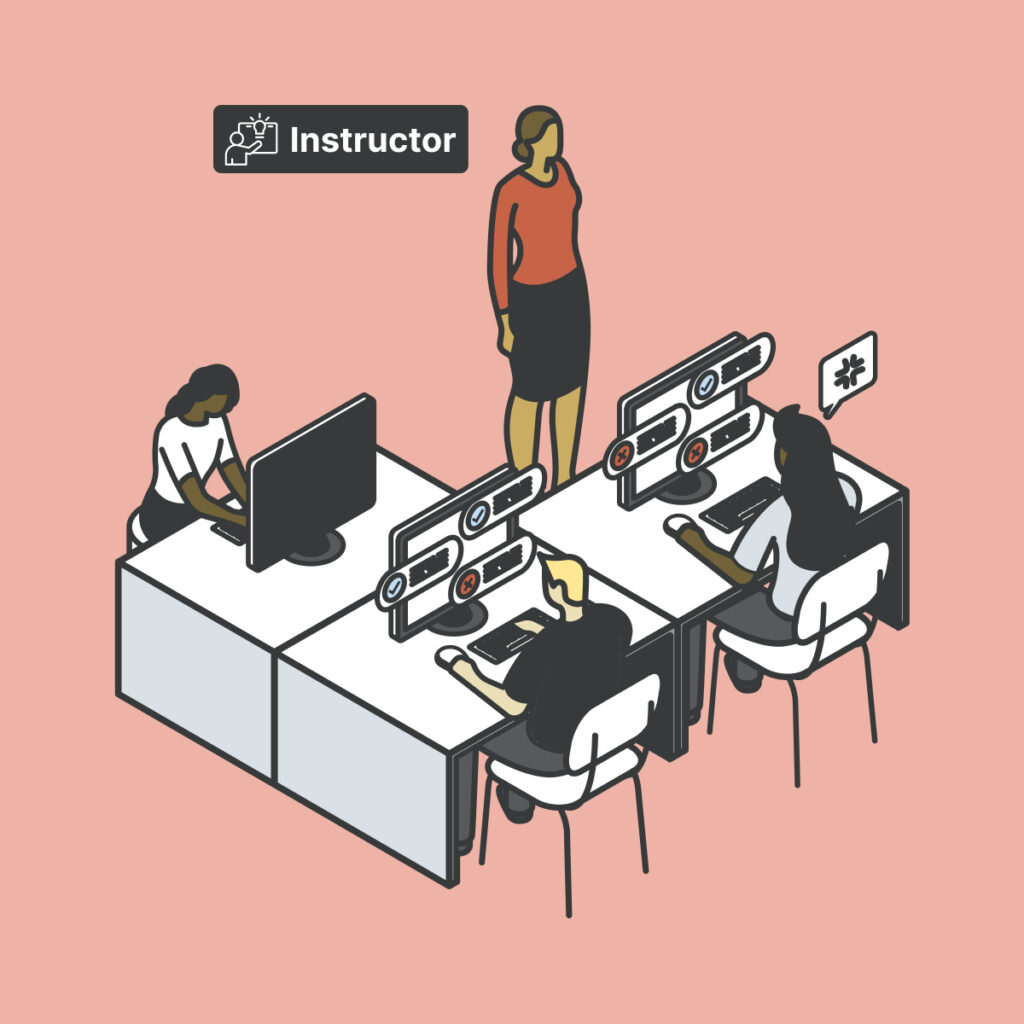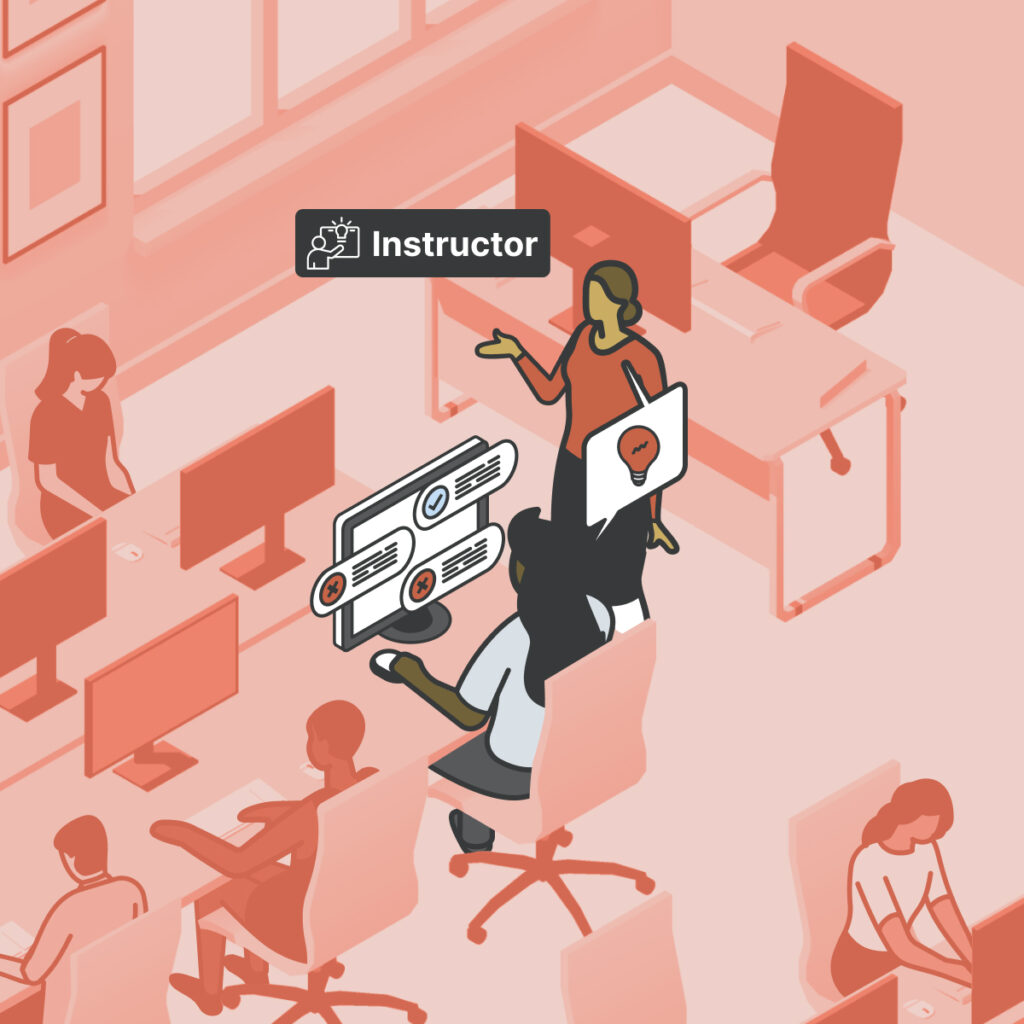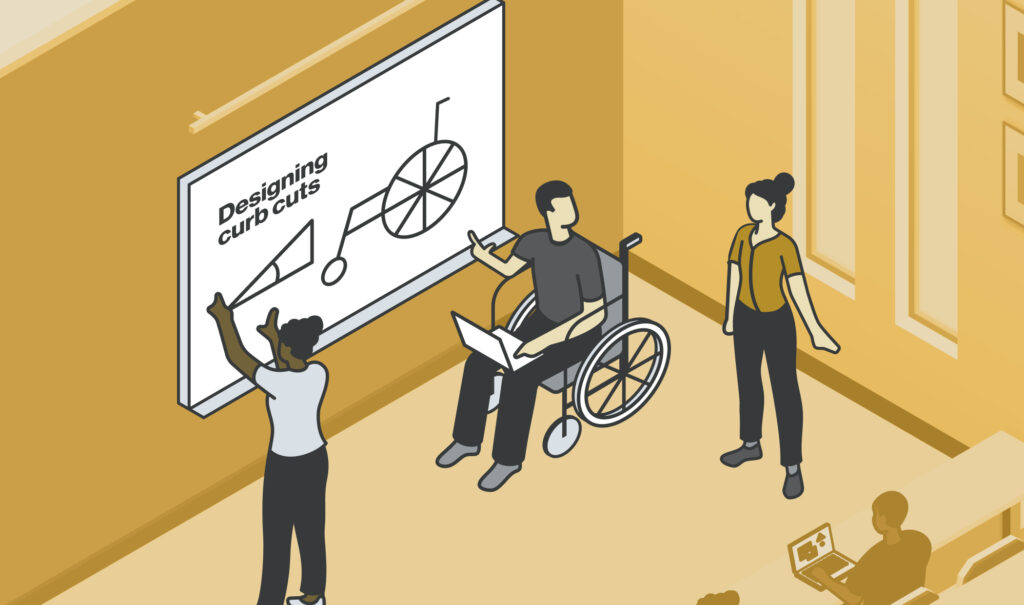Deploy a frequent, low-stakes way to monitor student learning

Through formative assessment, students have multiple opportunities to engage, apply, and practice new knowledge, concepts, and skills. Throughout the process, they receive timely, non-punitive, constructive, and targeted feedback.
Professors can use formative assessment to identify opportunities for differentiated instruction and to tailor higher-stakes summative assessment. For students, formative assessment fosters increased self-confidence and higher levels of comprehension while also normalizing mistakes as a part of the learning process.
How Formative Assessment & Practice can be Digitally-Enabled
Instructors who want to provide frequent opportunities for students to practice run into a common challenge: for that practice to be helpful, students need feedback, and feedback is often an incredibly time consuming activity for instructors. Delivering formative assessments & practice digitally can help address and alleviate this pain point. Features like automated grading, multiple question sets, multiple attempts, and guided practice activities allow for students to frequently practice and get targeted feedback with low- to no-stakes and allow instructors to spend less time grading and more time on other high-impact practices.
Key Dimensions of Formative Assessment & Practice
Frequent opportunities to practice
Students have frequent opportunities to apply and reinforce their understanding of course materials, allowing them to refine their skills and build confidence as they progress. Ultimately, this contributes to deeper comprehension and retention.


Low- to no- stakes assessments
Students are evaluated based on their understanding and progress in the course with no impact on their grades. Ideally, these low- to no-stakes assessments are not graded and are embedded into course materials and virtual experiences. If they are graded, these assessments are not heavily weighted in students’ final grade. These assessments are designed to be low-pressure and create an environment where students can comfortably engage with the material, make mistakes, and learn from them without fear of negative repercussions.
Timely and targeted feedback
Feedback is prompt and relevant information is provided to students about their performance, helping them make immediate and informed adjustments to enhance their learning and understanding. Timely feedback engages students, facilitates self-regulation, addresses misconceptions, builds confidence, and promotes reflection. Feedback is targeted, specific, and personalized, and constructive information is provided to students based on their individual performance. It addresses their unique strengths, weaknesses, and areas for improvement, guiding students toward a deeper understanding of the course content and supporting their ongoing learning progress.


Mistakes become learning opportunities
When students make mistakes, they are encouraged to reflect on what went wrong. When they receive targeted feedback, they have an opportunity to adjust their approach, deepening their understanding of the subject matter. This promotes a positive and constructive learning environment, where errors are seen as integral to the learning process rather than as failures, enabling students to incrementally build their academic self-confidence in the subject.
Instructional Examples
The Instructional Example Library features a wide range of digitally-enabled examples sourced directly from instructors who are using technology to implement evidence-based teaching practices in their courses. These examples focus primarily on math, chemistry, and statistics gateway courses, but are applicable across disciplines.
Have an Example of Your Own?
Help us build our Instructional Example Library! We are looking for contributions from higher education instructors across disciplines who use technology to enable evidence-based teaching practices. To learn more and to submit an example, please visit the form page linked below. Thank you for helping us support the field.

Join the Transform Learning Community of Practice
Join us this Fall for the Transform Learning Community of Practice, an 8-week learning community for Math faculty. Participants will engage in synchronous and asynchronous discussions on the eight digitally-enabled, evidence-based teaching practices, share insights and experiences, and learn from math faculty peers. Participants are eligible for a stipend upon completion of the community of practice.
Further Reading
- “Alternatives to High-Stakes Assignments,” written by Caltech’s Center for Teaching, Learning, & Outreach, offers strategies for implementing frequent, low-stakes assessments and an example of how a professor might implement them throughout a general chemistry course.
- The Equity Accelerator details a trust-building feedback approach in their article, “Creating a Wise Feedback Framing Statement.”






